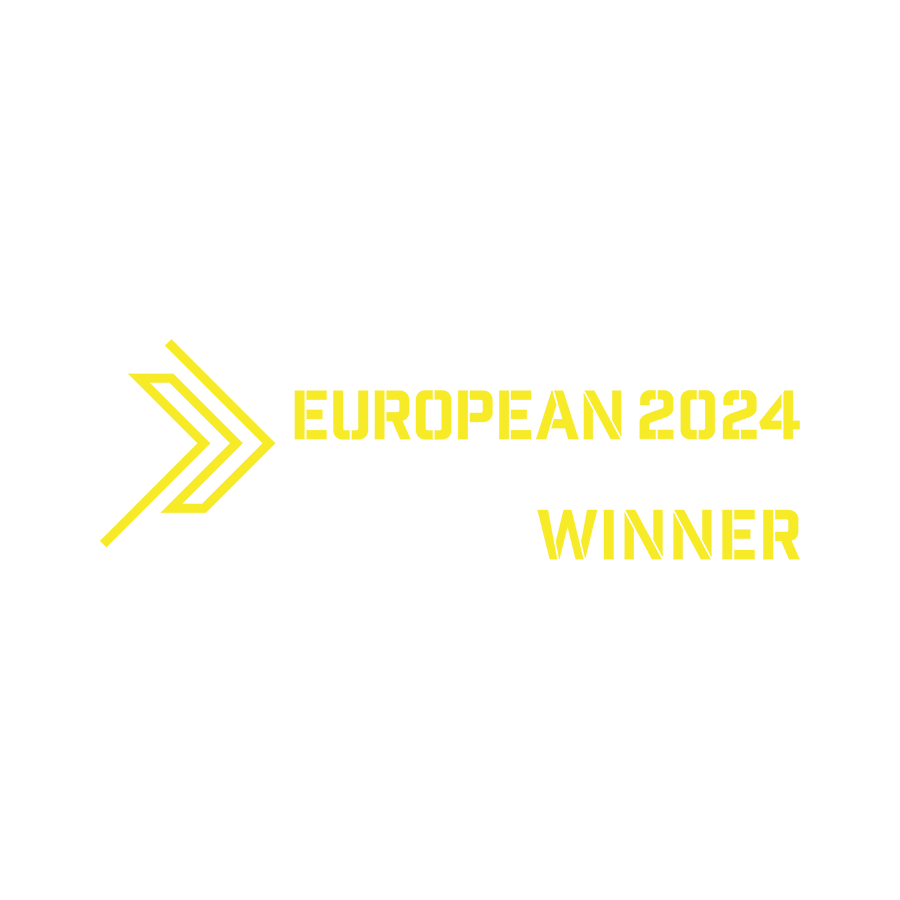Despite the appetising sounding name, cookies in advertising have gradually become a negative byword for big brother style, intrusive advertising.
Their original and indeed even current intention was sound. Namely, to understand browsers better so more relevant personalised online advertising can be served. However the tracking opportunity meant that the volume of online advertising began to overwhelm the online experience. Customers felt relentlessly pursued and more and more people did not like the idea of being ‘tracked’. Smart, creative advertising became a victim of digital ubiquity.
At the same time as cookies technology evolved, so did the volume and intensity of the online privacy debate and Google stepped in to announce its blockage of third party cookies from its Chrome browser.
Admittedly their proposals rocked the advertising industry, raising fears that replacement technology will leave even less room for online advertising competitors.
Google has now pushed back it’s new cookies policy to the end of 2023 but it doesn’t mean that advertising brands should not look at ways to explore and adapt now. As a reminder from our digital advertising expert at Somebody, Stephan Marais, the end of third-party cookies is not the end of tracking and in real terms, Google ending Chrome’s support of third-party cookies is also not the end of tracking in Chrome.
So what tracking technologies are available to marketing experts and what’s the plan going forward? Here Stephan unpacks what to think about and what’s available in this new advertising future.
The Creation of The Unified Ad ID
With Chrome’s ban at least 12 months in the future, technologists are seizing the opportunity to come up with a solution to this challenge. There is an industry-wide effort to develop a less invasive alternative to third-party cookies that enables advertisers to still target users with relevant content, whilst maintaining a higher degree of consumer privacy.
In early 2020, IAB and IAB Tech Lab, a non-profit consortium that works to set industry technology standards, introduced Project Rearc, “an initiative to get stakeholders across the digital advertising and media supply chain working together to make the internet a better place for consumers.”
Project Rearc is actively collaborating with the largest publishers and media companies in the world to develop a new standard identifier that satisfies both advertisers and consumers needs.
In addition, The Trade Desk’s Unified ID 2.0 is also gaining traction by building upon an open source ad ID framework. In fact, in the winter of 2020, The Trade Desk lined up three partners—LiveRamp, Criteo and Nielsen in just a few weeks to support the Unified ID 2.0 initiative, adding critical mass to the effort. Despite challenges, including scale limitations caused by a login requirement for user authentication and a lack of third-party governance, the effort continues. Additionally, The Trade Desk has committed to eventually move the programme’s administration to an independent entity.
Finally, individual providers like Tapad have introduced new solutions like Switchboard that will increase the utility and value of the cookieless ID space in conjunction with other addressable IDs, including Unified ID 2.0, by providing a layer of connectivity that will be natively missing with the deprecation of third-party cookies. For Tapad Graph customers like InMarket, this will provide a seamless way to facilitate interoperability while resolving identity back to a household or individual.
Google’s Privacy Sandbox
In early 2021 Google clarified that it would not build an alternative tracking mechanism to replace the third-party cookie. Instead, Google is working through their Privacy Sandbox initiative to develop privacy-first advertising methods that protect users’ privacy but enable some sort of focused targeting.
Federated Learning of Cohorts (FLoC) is one proposed solution, whereby users are grouped into cohorts and targeted based on these shared interests. Individual privacy and browsing history is protected.
Google has shared that FLoC testing revealed that “advertisers can expect to see at least 95% of the conversions per dollar spent when compared to cookie-based advertising.” InMarket will continue to monitor Google’s Privacy Sandbox and any proposed technologies, including FLoC, in the months leading up to Google’s eventual ban of third-party cookies in 2022.
Investments in People- & Household-Based Targeting
We live in a world surrounded by devices. In fact, according to a 2020 survey, the average American had access to more than ten connected devices in their household; that number is only expected to rise.
The complexity of users moving across devices, platforms, and channels with different IDs makes it increasingly difficult to re-target. Fortunately, people- and household-based advertising can bridge this gap by deducing down to an individual person or a household.
The rise of IDs that revolve around consumers and the household are behaviourally based and the use real-time data will allow marketiers to reach consumers at their precise moment of need, regardless of device or channel.
People and household-based targeting will require an investment in identifiers across channels and devices, data, and automation or platform capabilities as these solutions grow in importance.
Prioritizing First-Party Data
In the absence of third-party data (e.g. cookies), first-party data is of critical importance.
While the walled gardens have a significant advantage, investing in and building out first-party, permission-based data will be required to re-target users across media properties, channels and devices.
First-party data will also enable brands and marketers to target with elevated sophistication, including predictive targeting and 360-degree consumer intelligence, in order to get a more complete and comprehensive view of the consumer.
First-party publishers, networks and partnerships outside of walled gardens will rise in importance, providing marketers and advertisers additional choices to connect with and build long-term relationships with consumers over time.
Contextual/Behavioral Data
What’s old is new again: contextual ad targeting is back. Ironically, Google AdSense was the first major contextual advertising network to leverage JavaScript Code that, when inserted into web pages, can display a relevant ad from an advertiser.
In the absence of cookies, contextual advertising will become “the new cookie” for many advertisers, providing relevance and comfort to consumers who are increasingly concerned they are being listened to or followed by cookie-based behavioral targeting.
As a result, publishers and content may once again become king, providing consumers relevance in real-time.
No doubt the next 12 months will witness the rise of even better innovation that respects customer privacy. And serve relevant, creative and customised advertising that will benefit browsers.
Check in with the team at Somebody to find out how things are evolving. We’ll do the hard work so you don’t have to!





















